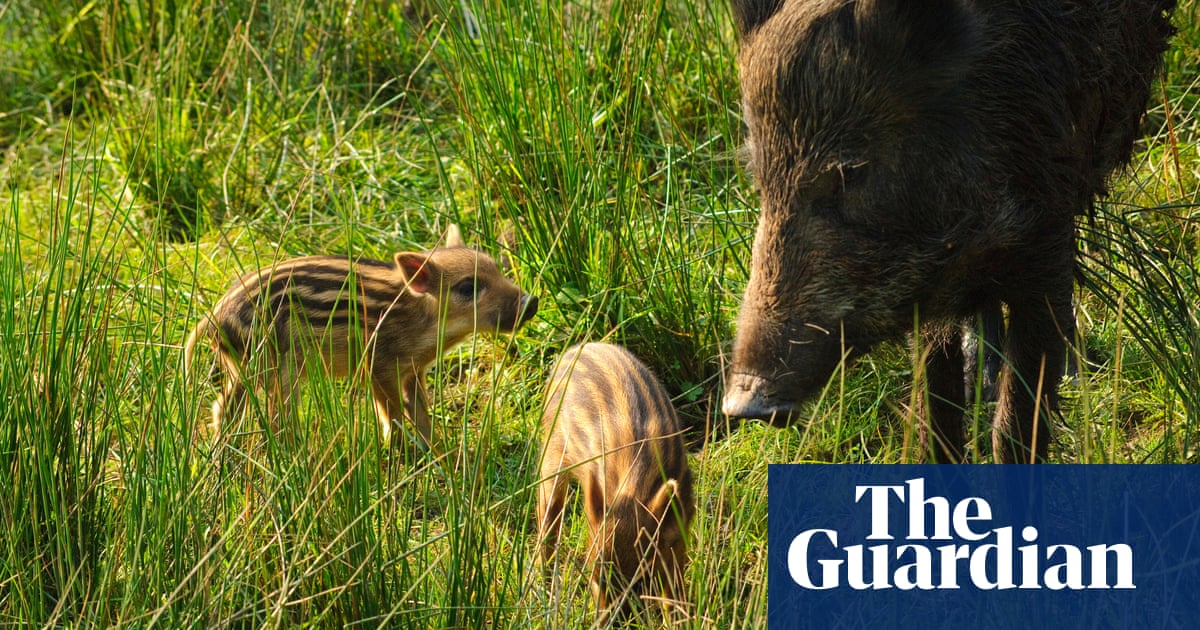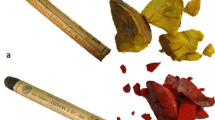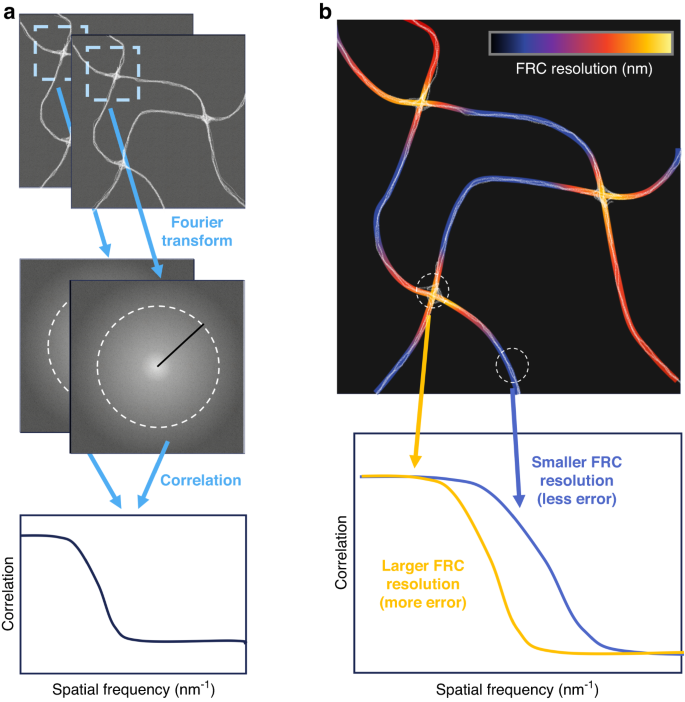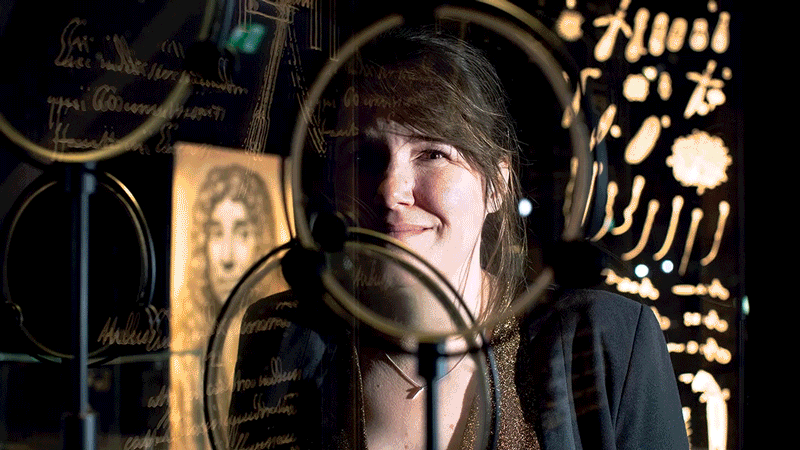-
Groundbreakers by Chantal Lyons review

Britain likes to think of itself as a nation of animal lovers – though from the beast of Bodmin to XL bullies, we seem just as attached to lurid accounts of their unpredictable menace. Naturalist Chantal Lyons has a diagnosis for what she calls our “national zoophobia”. It’s “a symptom of our isolation”: as a society, we simply don’t have enough contact with…
-
Nature Doesn’t Care Where a Species Is From

Listen to this article 00:00 11:28 Produced by ElevenLabs and NOA, News Over Audio, using AI narration. Conservationists can be quite conservative. It is right there in the name, after all. They like things the way they used to be, in a better past, real or imagined. Their thinking can be slow to change. One…
-
Elon Musk’s Neuralink brain chip: what scientists think of first human trial

Neuralink, founded by Elon Musk, has launched a long-awaited clinical trial.Credit: CFOTO/Future Publishing via Getty Neuralink, the company through which entrepreneur Elon Musk hopes to revolutionize brain–computer interfaces (BCIs), has implanted a ‘brain-reading’ device into a person for the first time, according to a tweet posted by Musk on 29 January. BCIs record and decode…
-
Israel is flooding Gaza’s tunnel network: scientists assess the risks

Gaza’s underground tunnels are not all interconnected like a metro or subway system, researchers say.Credit: Jack Guez/AFP via Getty Israel’s military has begun injecting “high-flow” seawater into Hamas-built tunnels beneath the Gaza Strip as part of its attempt to “neutralize terrorist infrastructures”. On 30 January, the Israel Defense Forces (IDF) confirmed that the plan to…
-
SIU prof leads citizen-science project to listen to nature during eclipse
Brent Pease, assistant professor in the forestry program at Southern Illinois University Carbondale, works with Rebecca Ducay, a graduate research assistant, to hang a nature listening device. Pease is partnering with the Eclipse Soundscapes project, a citizen-science effort using volunteers to strategically place 100 sound recording instruments around the area to listen in on nature…
-
A year ago, 17 companies set the first-ever science-based targets for nature. How are they faring?
Last spring, 17 global companies signed up for the very first scientific targets for nature—including GSK, Nestlé, LVMH, and H&M. Months into their trial, have they gotten any closer to becoming “nature-positive”? And what can others learn from them? Official trial results won’t be announced until April. Today, I have a preview of the results…
-
A Bronze Age lip-paint from southeastern Iran

Abstract A small chlorite vial, discovered among numerous artifacts looted and recovered in the Jiroft region of Kerman province, southeastern Iran, contains a deep red cosmetic preparation that is likely a lip-coloring paint or paste. Through analytical research involving XRD (X-ray diffraction), SEM–EDS (scanning electron microscopy-energy-dispersive spectroscopy), and HPLC–MS (high-performance liquid chromatography-mass spectrometry) analyses, the…
-
Mapping super-resolution image quality

Abstract The local quality of super-resolution microscopy images can be assessed and mapped by rolling Fourier ring correlation, even when image quality varies within a single image. Super-resolution fluorescence microscopy—recognized by the 2014 Nobel Prize—has allowed researchers to visualize biological structures and beyond in exquisite detail. As super-resolution microscopy has become more widely adopted, variations…
-
Passion, curiosity and perseverance: my mission to capture women in science on camera

Some of the people featured in Elisabetta Citterio’s photographic project STEM Passion, which opens this month at the Berlin Institute of Health.Credit: Elisabetta Citterio In 2019, molecular biologist Elisabetta Citterio embarked on a journey to highlight the achievements of women in science, technology, engineering and mathematics (STEM), and to broaden public interest in their research…
-
In the AI science boom, beware: your results are only as good as your data
Hunter Moseley says that good reproducibility practices are essential to fully harness the potential of big data.Credit: Hunter N.B. Moseley We are in the middle of a data-driven science boom. Huge, complex data sets, often with large numbers of individually measured and annotated ‘features’, are fodder for voracious artificial intelligence (AI) and machine-learning systems, with…